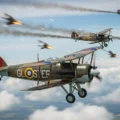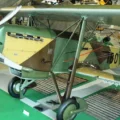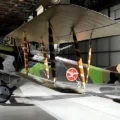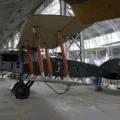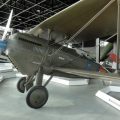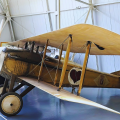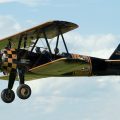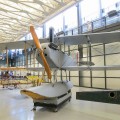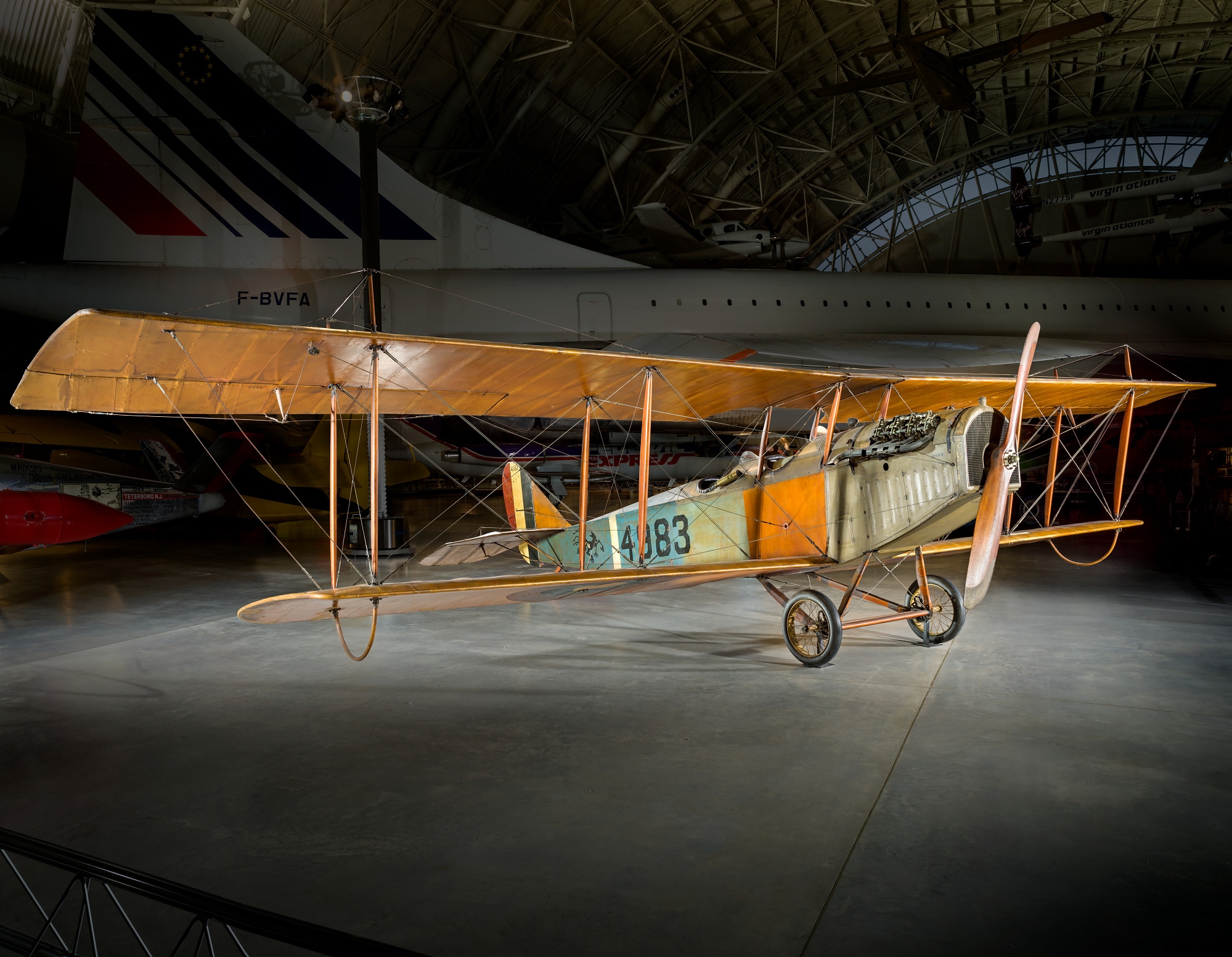
Curtiss JN-4D Jenny | |
|---|---|
| Ország | Usa |
| Szerepet | Oktató repülőgép |
| Bevezetés | 1915 |
| Beépített | 6813 |
A Curtiss JN-4 "Jenny" egyike volt a "JN" kétfedelű repülőgépek sorozatának, amelyet a New York-i Hammondsportban található Curtiss Aeroplane Company, később a Curtiss Aeroplane and Motor Company épített. Bár a Curtiss JN sorozatot eredetileg az amerikai hadsereg kiképző repülőgépeként gyártották, a "Jenny" (a "JN-4" szóból származó általános becenév, a nyitott tetejű négyes Y-ként jelenik meg) az első világháború után polgári repülőgépként folytatódott, mivel ez lett a "háború utáni amerikai repülés gerince". A háború utáni években több ezer felesleges Jenny-t adtak el kedvező áron magántulajdonosoknak, és központi szerepet játszottak a pajtatámadás korszakában, amely az 1920-as évek nagy részében segített Amerikát ráébreszteni a polgári repülésre.
Forrás: Curtiss JN-4D Jenny a Wikipédián
| Curtiss JN-4D Jenny Walk Around | |
|---|---|
| Fotós | Vlagyimir Jakubov |
| Lokalizáció | lying Heritage Collection, Everett |
| Fénykép | 70 |
| Curtiss JN-4D Jenny Walk Around | |
|---|---|
| Fotós | Ismeretlen |
| Lokalizáció | Nemzeti Légi és Űrmúzeum |
| Fénykép | 20 |
Lásd még:
A Curtiss JN-4D Jenny was a single-engine, two-seat biplane that was widely used as a trainer aircraft by the US Army and the Royal Flying Corps during World War I. It was designed by Benjamin D. Thomas, a former Sopwith engineer, and produced by the Curtiss Aeroplane Company from 1915 to 1919. The Jenny had a wooden frame covered with fabric and was powered by a 90-horsepower Curtiss OX-5 engine. It had a wingspan of 13.3 meters (43 feet 7 inches), a length of 8.3 meters (27 feet 4 inches), and a height of 3 meters (9 feet 11 inches). It had a maximum speed of 120 kilometers per hour (75 miles per hour) and a service ceiling of 3,200 meters (10,500 feet).
A Jenny was named after its model designation JN, which was misread as JNY by some pilots. It became the most popular and recognizable aircraft of its time, with an estimated 95% of all US and Canadian pilots having flown a Jenny during their training. The Jenny was also used for other purposes, such as aerial observation, photography, bombing, and gunnery practice. Some Jennys were modified with floats or skis for water or snow landing. After the war, thousands of surplus Jennys were sold to civilians for low prices, sparking the era of barnstorming and stunt flying in the 1920s. The Jenny was also featured on US postage stamps and coins, and became a symbol of American aviation history.
Megtekintés: 4036


